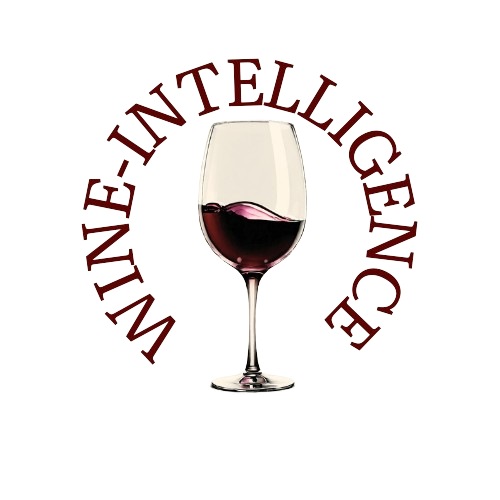Gum arabic, a key natural additive used across industries—including food, cosmetics, pharmaceuticals, and wine—is facing significant traceability challenges due to the ongoing conflict in Sudan.
As the world's leading producer, responsible for around 80% of global supply, Sudan’s internal strife has severely disrupted production and distribution channels.
Since April 2023, when the Rapid Support Forces (RSF) took control of major gum arabic production areas in western Sudan, traditional trade routes have collapsed. Western companies now struggle to ensure ethical sourcing, as raw gum arabic can only be sold with RSF authorization. This has led to increased smuggling to neighboring countries like Chad, Egypt, South Sudan, and Senegal, where it enters informal markets without proper certification.
The Traceability Crisis: Smuggling and Informal Trade
Before the conflict, Sudanese gum arabic followed a structured route: transported from Khartoum to Port Sudan, then shipped worldwide. Today, however, the supply chain has fragmented. Reports indicate that gum arabic is now appearing in markets near the South Sudan border, where traders purchase it for dollars under RSF protection. Additionally, shipments have surfaced in the Central African Republic and Chad, with sales even occurring on online platforms.
This shift has raised ethical and regulatory concerns. Without proper certification, it is increasingly difficult for companies to verify whether their gum arabic purchases are linked to the conflict. Leading ingredient suppliers like Nexira and Ingredion are actively diversifying supply chains to reduce reliance on Sudan, while some buyers are outright rejecting offers due to concerns about informal networks and RSF involvement.
Gum Arabic in Wine: A Key Stabilizing Agent
While gum arabic is widely known for its role in food and cosmetics, it also plays an essential role in the wine industry. Extracted from the sap of Acacia trees, it is used to:
- Stabilize wine color, particularly in red wines, by preventing pigment precipitation.
- Enhance mouthfeel, giving wines a smoother, rounder texture that many consumers appreciate.
- Prevent sediment formation, ensuring wines retain their clarity and consistency over time.
Wine producers typically add gum arabic just before bottling, with the quantity carefully adjusted based on the wine type and desired effect. Considered a natural, non-toxic additive, it is permitted in winemaking in many countries.
Future Challenges for the Industry
The lack of ethical and sustainable certification for Sudanese gum arabic poses a significant challenge for companies aiming to maintain transparent and legal supply chains. As global demand for gum arabic remains strong, alternative sourcing strategies—including increased production in Nigeria and Chad—may help mitigate risks.
For the wine industry, ensuring a consistent, high-quality supply of gum arabic is critical, as it directly affects wine stability and texture. Moving forward, the industry must adapt to changing supply dynamics while prioritizing sustainability and traceability.
Source: Vinetur

